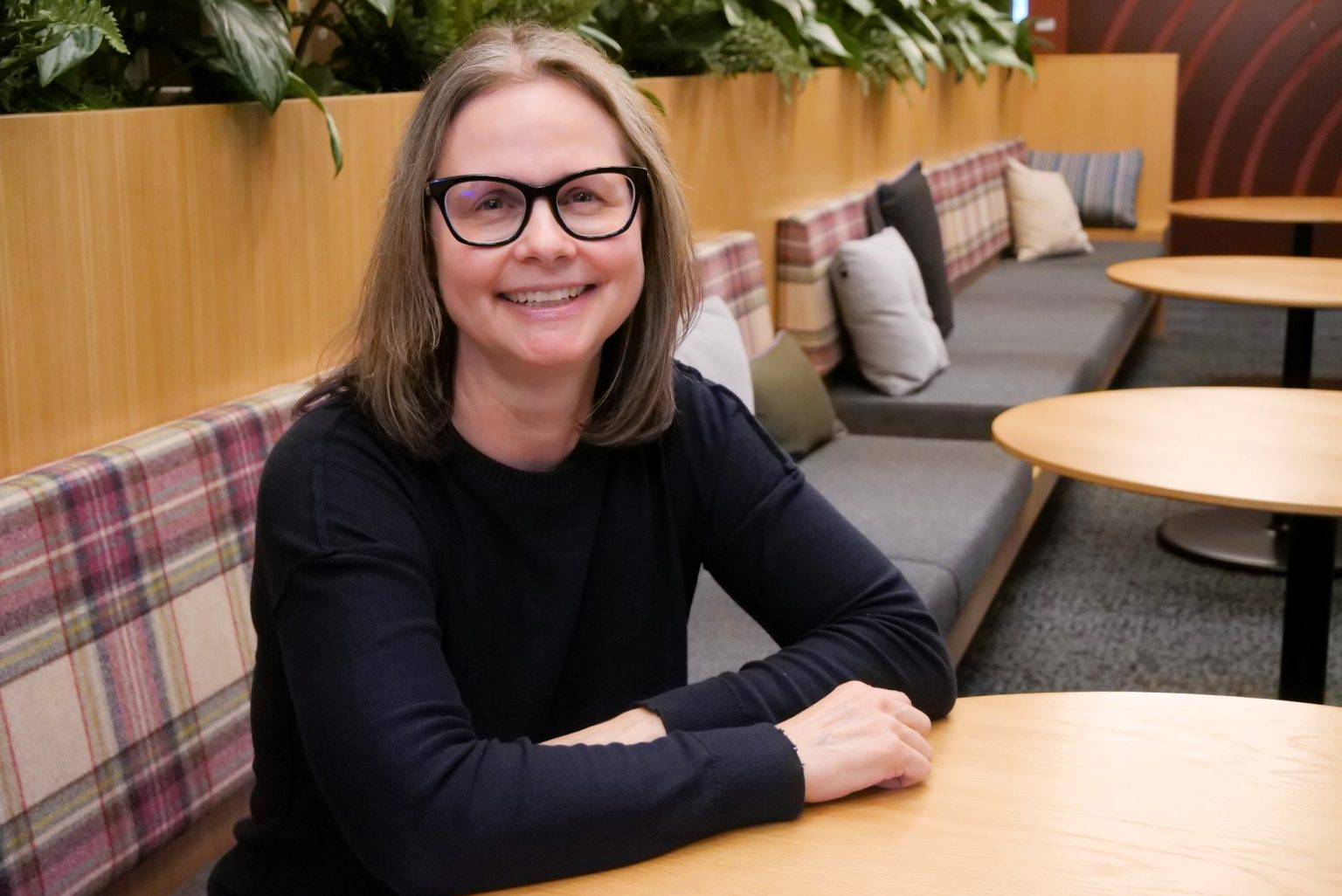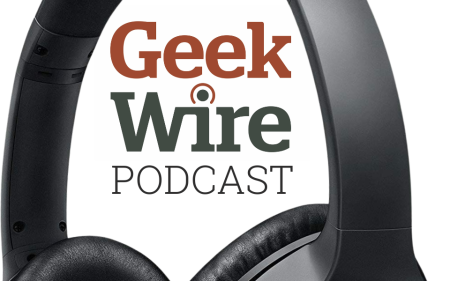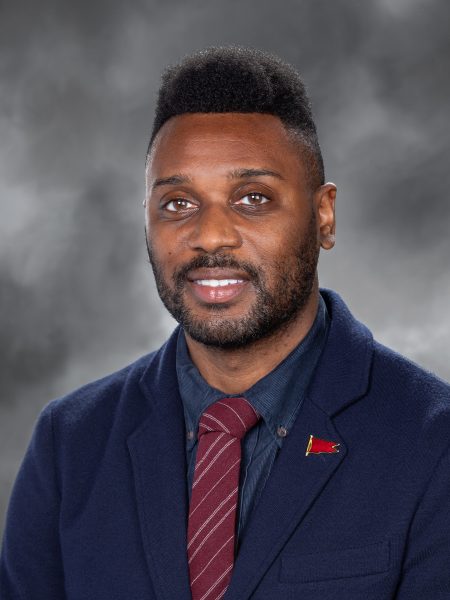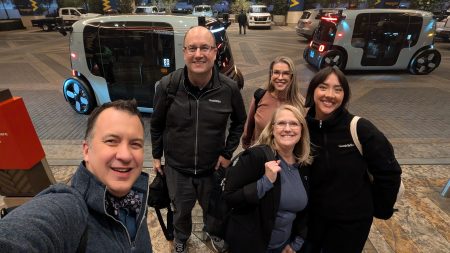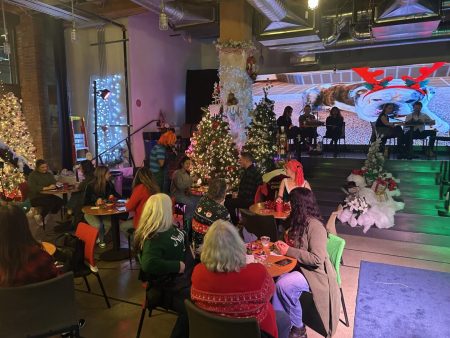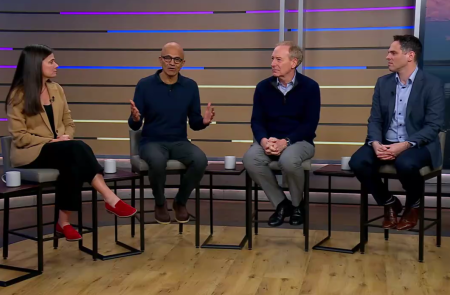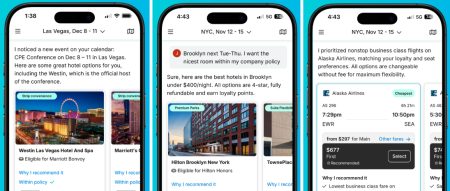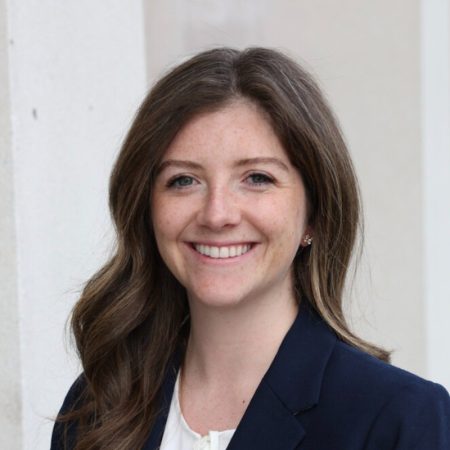The WorkLab Revolution: How AI Transformed Business in Five Extraordinary Years
In the span of just five years, the world of work underwent a seismic transformation unlike anything in modern history. What began with empty offices and remote work in 2020 evolved into an AI-powered revolution by 2025, fundamentally rewiring how businesses operate and people collaborate. This remarkable journey is chronicled by Colette Stallbaumer, Microsoft WorkLab co-founder and Microsoft 365 Copilot general manager, in her new book “WorkLab: Five years that shook the business world and sparked an AI-first future.” During a recent GeekWire Podcast recorded at Microsoft’s Redmond campus, Stallbaumer shared profound insights into this ongoing transformation that continues to reshape our professional lives at an unprecedented pace. “Change is the only constant,” she explains, noting that “shifting norms that once took decades to unfold now materialize in months or weeks.”
One of the most fascinating developments Stallbaumer identifies is the emergence of what she calls the “Hollywood model” of teamwork. This approach represents a fundamental shift in how organizations structure collaboration, moving away from rigid departmental boundaries toward fluid, project-based teams. “What we’re seeing is this movement in teams, where we’ll stand up a small squad of people who bring their own domain expertise, but also have AI added into the mix,” Stallbaumer explains. “They come together just like you would to produce a film. A group of people comes together to produce a blockbuster, and then you disperse and go back to your day job.” This dynamic approach allows organizations to assemble the perfect combination of human talent and AI capabilities for specific challenges, then reconfigure as needed for the next project. The flexibility afforded by this model enables businesses to respond more nimbly to rapidly changing circumstances while maximizing the unique strengths of both human creativity and artificial intelligence.
The conversation also explored the concept of “frontier firms” that are redefining what’s possible with AI integration. These organizations represent the cutting edge of the AI revolution, as Stallbaumer explains: “They’re not adding AI as an ingredient. AI is the business model. It’s the core. And these frontier firms can have a small number of people using AI in this way, generating a pretty high run rate.” What makes these frontier firms particularly remarkable is their ability to achieve extraordinary productivity and innovation with relatively small teams. By placing AI at the center of their business model rather than treating it as a supplementary tool, these companies are establishing new benchmarks for efficiency and creativity. This approach is enabling startups and agile organizations to compete with established players, democratizing innovation and challenging traditional notions about organizational scale and resources required for business success.
Stallbaumer cautions against superficial approaches to AI adoption, emphasizing that meaningful integration requires strategic thinking about specific business challenges. “The idea that you just need to have an ‘AI strategy’ is a bit of a fallacy,” she observes. “Really, you kind of want to start with the business problem and then apply AI… Where are you spending the most and where do you have the biggest challenges? Those are great areas to actually think about putting AI to work for you.” This practical approach stands in contrast to companies that rush to implement AI without clear objectives, often leading to underwhelming results and skepticism about the technology’s value. Stallbaumer advocates for identifying pain points and inefficiencies first, then thoughtfully applying AI solutions to address those specific issues. The most successful organizations are approaching AI adoption with intention, mapping capabilities to needs rather than chasing technological trends without purpose.
The human dimension of AI integration emerged as a central theme throughout the conversation. Stallbaumer identifies the greatest risk in the AI revolution as human reluctance to adapt rather than any inherent danger in the technology itself: “The biggest risk is not AI in and of itself. It’s that people won’t evolve fast enough with AI. It’s the human risk and ability to actually start to really use these new tools and build the habit.” This insight highlights the importance of organizational change management and personal adaptability in the face of technological transformation. Developing new work habits doesn’t happen automatically—it requires conscious effort to recognize opportunities where AI can take over routine tasks, freeing human workers for higher-value activities. “You have to build the habit and build the muscle to work in this new way and have that moment of, ‘Oh, wait, I don’t actually need to do this,'” Stallbaumer explains. This transition involves not just learning new tools but fundamentally reimagining one’s role and relationship with technology.
Despite the transformative power of AI, Stallbaumer remains fundamentally optimistic about the essential role of human creativity in this new landscape. Far from making human ingenuity obsolete, she sees AI as amplifying our uniquely human capabilities. “It still takes that spark and that seed of creativity. And then when you combine it with these new tools, that’s where I have a lot of hope and optimism for what people are going to be able to do and invent in the future.” This perspective offers a compelling vision of the future where technology enhances rather than replaces human potential. As we look ahead to the next five years and beyond, the partnership between human creativity and artificial intelligence promises innovations we can scarcely imagine today. The remarkable changes we’ve witnessed since 2020 may well be just the beginning of an even more profound transformation in how we work, create, and collaborate. As Stallbaumer writes in her book, “As we look to the next five years, it’s nearly impossible to imagine how much more work will change.”




